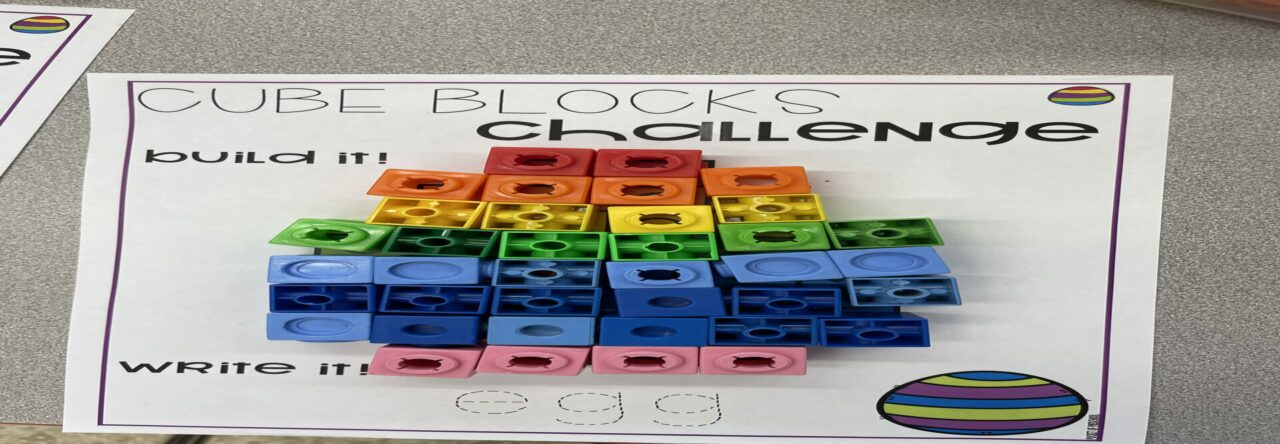Journal Entry Week 7
Lisa Seymour
Assessment and Motivation EDUC – 421
Concerns and Queries of Assessment
Entering into our first teaching practicum I am feeling nervous about creating lesson plans and teaching lessons by myself. I was hoping for a primary grade, however, I am in a grade 6 class at Uplands with Heidi Siebring. I had Ms. Siebring as a teacher when I was in junior high and my mother and she knows each other well, so I feel like expectations are high.
We have gone into the class for 3 Tuesdays now and I feel very lucky with my practicum placement. The students in this class are amazing and I am grateful to have Heidi as my coaching teacher. We have talked about the lessons I will be teaching, I asked if I could focus on math as that is a weak subject for me and I hope by learning to teach it well it would make up for my lack of skill. I am interested in learning how to create a rubric for math, I haven’t created one yet as math is right or wrong and no medium ground really. I’m also interested in formative and summative assessments for math. Would formative be verbal review during the lesson? There wouldn’t be time for every child to answer. Would a different form of formative be an “informal quiz”? Students would get a sheet of a few questions, answer, then after a set time mark as a class.
To me math is a very straightforward subject that isn’t up to interpretation, creating a rubric seems a difficult task to elaborate on. I am also going to be teaching writing, which I’m not too worried about regarding assessment because I feel like I’ve had more practice during class.
